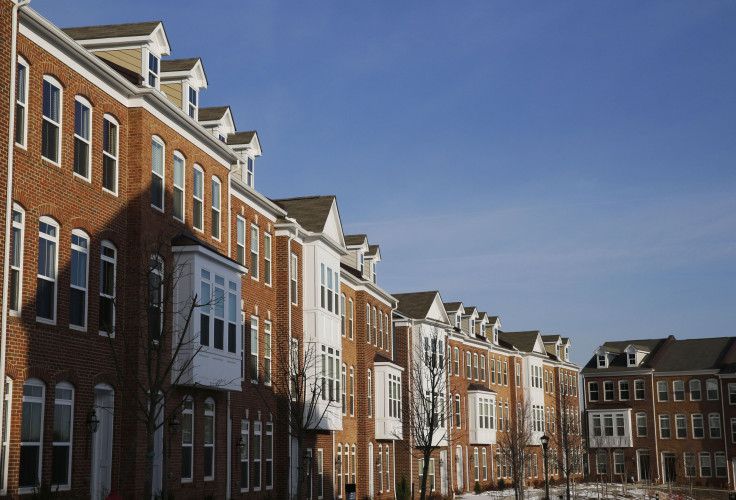Refinancing Mistakes Cost Homeowners Thousands: Study

Households make all kinds of financial decisions that aren’t necessarily in their best interest -- like neglecting to save for emergencies, not paying off credit card debt in optimal fashion, and veering off budget. One mistake, however, comes with a particularly hefty price tag, according to a new study: failing to refinance their mortgage when interest rates drop.
The National Bureau of Economic Research working paper (aptly titled “Failure to Refinance”) examines how homeowners reacted when interest rates fell from approximately 6.5 percent in 2008 to 4.5 percent in 2010. The authors started with a nationally representative dataset from CoreLogic Solutions of nearly 1 million mortgages. Given that credit standards were tight at the time, the authors winnowed the pool even further, to 376,000 homeowners who were especially likely to qualify for refinancing – borrowers with prime credit scores (above 680), who had at least 10 percent equity in their homes, and hadn’t missed a mortgage payment.
They found that approximately 20 percent of the homeowners for whom refinancing would have been both “optimal and feasible” didn’t do it. The median household in this group sacrificed $11,500 over the life of the loan – “making this a particularly large consumer financial mistake,” the paper states.
What rationale accounts for this? While the study doesn't isolate any one cause, co-author Benjamin Keys, an assistant professor at the University of Chicago’s Harris School of Public Policy, notes several possible explanations. With refinancing, he said, “There’s a combination at play that makes it a real challenging consumer financial decision.”
One reason is a lack of awareness, or understanding, about how refinancing will produce savings. For instance, the paper found that “less financially savvy households” – those located in neighborhoods with lower education and income levels – are “systematically more likely to fail to refinance and thus disproportionately lose out on savings when interest rates decline.”
"The refinance decision is a complex one because households need to translate the change in interest rates to a change in monthly payments,” Keys said. And since consumers are comparing what look to be small numbers to begin with – say, a 6.5 percent interest rate versus a 4.5 percent interest rate -- “households may not have a grasp of just how big a difference a relatively small change in interest can have on their bottom lines,” he added.
Psychological factors can also take a toll. Consumers may procrastinate on the legwork involved in refinancing, or they may believe that the long-term benefits simply won't outweigh upfront costs, such as researching the process, filing paperwork, contacting mortgage brokers, and – importantly -- choosing to trust the financial system.
Consumers who witnessed friends and family enter foreclosure during the financial crisis “may have been hesitant to change a contract that they were making regular payments on,” Keys said, adding: "You're comfortable with the status quo."
The $11,500 in missed savings affect more than just one family’s balance sheet; in aggregate, refinancing decisions ripple throughout the economy. “When interest rates are low, one of the key ways that accommodative monetary policy is transmitted to consumers is through lower costs of credit,” Keys said.
But the analysis shows that “a large segment of the population” is failing to take advantage of the Federal Reserve’s monetary policy, Keys said. He and his co-authors estimate that "the total forgone savings of U.S. households over this period was approximately $5.4 billion," according to the paper.
That's billions of dollars consumers could have put toward helping the economy grow. “People could have used that money to pay down other debts, used that money to purchase durable goods, or used that money to simply balance their budget in others ways,” Keys said.
As the federal government tries to convince more homeowners to take advantage of the Home Affordable Refinance Program (known as HARP), the authors suggest several possibilities for policies that could encourage refinancing in the future. They include the expansion of housing counseling in order to educate borrowers, as well as a requirement that fixed-rate mortgages adjust downward automatically when interest rates fall.
“To the extent that it is undesirable to reward only those households that are able to overcome the computational and behavioral barriers of the refinance process,” the paper states, “policies such as an automatically-refinancing mortgage may be beneficial.”
© Copyright IBTimes 2024. All rights reserved.





















